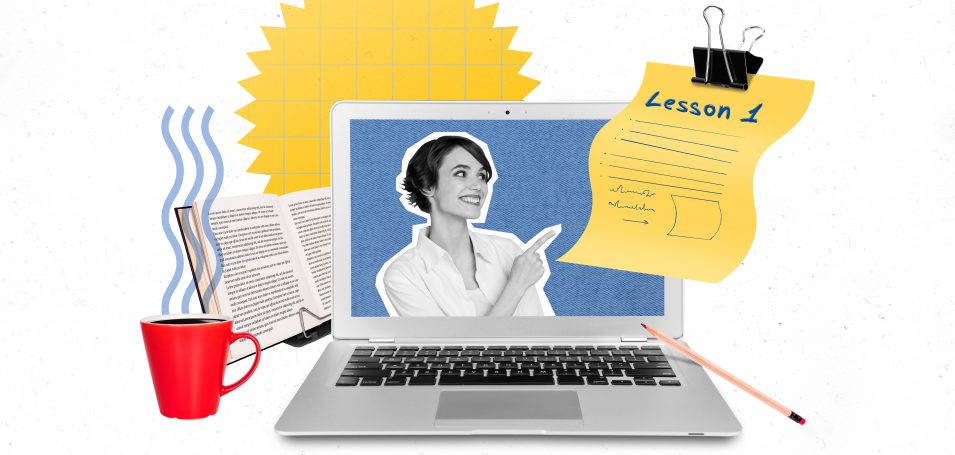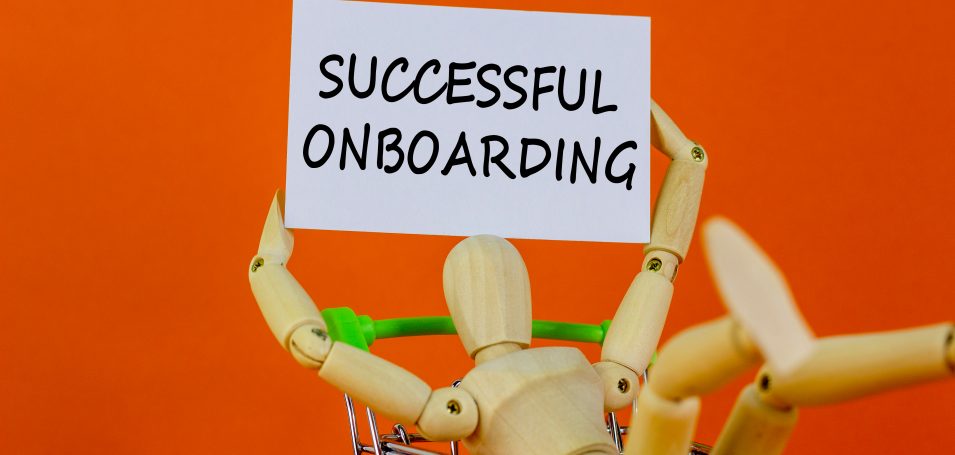After interacting with potential customers and offering the resources, samples or trials they need to make a decision, they either choose to purchase your product or walk away. For those who decide to buy, the onboarding experience begins.
To make sure your customers’ onboarding experience starts off on the right foot and helps them achieve their first success, it’s important to have an onboarding education program in place. This model of onboarding can be applied to almost any organization, industry, and product on the market today.
Milestones for a customer
Before diving too deep into customer training and onboarding education, let’s review milestones in the life of a customer. The two important milestones include:
- When a customer signs up or buys your product
- When the customer achieves their first “success” with your product
According to Winter Thielen, Director of Client Services at Thought Industries, “For our customers, their launch is not their first success. We want to know their pain points, and resolve those as fast as possible before launch.” If your organization offered a free trial or sample to the customer, you want the success — or “a-ha” moment — to occur during the trial. If your customer purchases your product without a trial, reaching their first “success” would ideally occurs during onboarding and implementation stage of the customer lifecycle.
How to incorporate online learning in onboarding
In the acquisition stage of the customer lifecycle, your organization’s main priority is to teach the customer how the product works and what it can do for them. In the onboarding process, your organization’s priority is to teach the customer how to set up the product and guide them towards their first success
In his presentation at Learning Solutions 2017 Conference & Expo, Thought Industries CEO Barry Kelly shared these onboarding education examples:
- Curate onboarding learning paths: Set clear learning pathways for new users
- Provide on-demand programming and content: Offer resources that new customers can leverage anytime
- Monitor cohort product adoption: Sift through learning engagement feedback
- Measure learning engagement data: Understand how engaged your new users are and on what topics
There are a number of ways to communicate and educate customers during the customer training and onboarding process. Kelly shared a few steps organizations should take to create a great onboarding experience:
- Welcome message: Start by creating a clear welcome messaging with initial learning steps. Magoosh A/B tested how welcome messages would affect their onboarding. Their team noticed that users who received the message boosted their conversions by 17%.
- Introductory learning experiences: Provide customers with immediate learning on core concepts. Onshape, a full-cloud 3D CAD system, does a great job at this by offering new and existing customers introductory learning experiences as well as clearly defined learning pathways.
- Learning pathways: Outline learning paths to help transition users through different levels of the product. HubSpot clearly outlines onboarding steps that can be checked off, and incorporates links to product training.
- Contextual learning: In a case of software or digital product, organization can link directly to learning experiences from the product.
- Scheduled virtual trainings: Set up recurring open trainings for customers and those in the onboarding process. eMoney Advisor offers weekly virtual events to get new users up to speed.
At Thought Industries, we approach client onboarding in a very specific way. When you choose the Thought Industries Learning Business Platform™, you begin our 90-day concierge onboarding process with our expert onboarding specialists. It starts with a project kick-off call, then six 60-minute weekly trainings to help you learn the platform. Specifically, how to:
- Set up your site
- Use course features and settings
- Design courses and landing pages
- Use marketing and automation features
- Manage uses and customer services
- Prepare for launch



